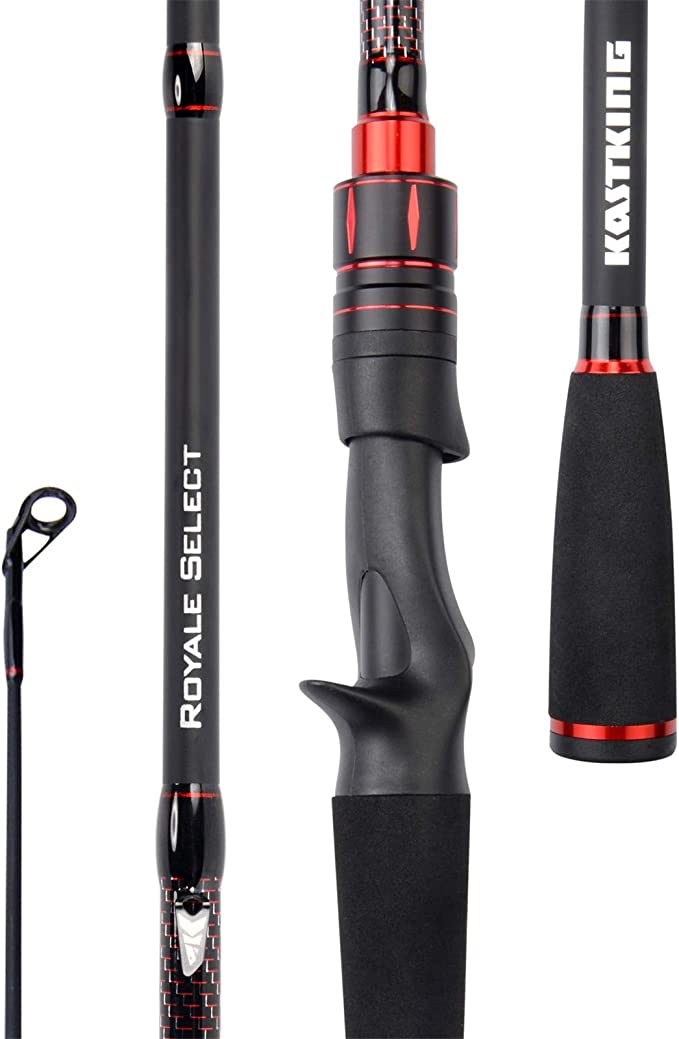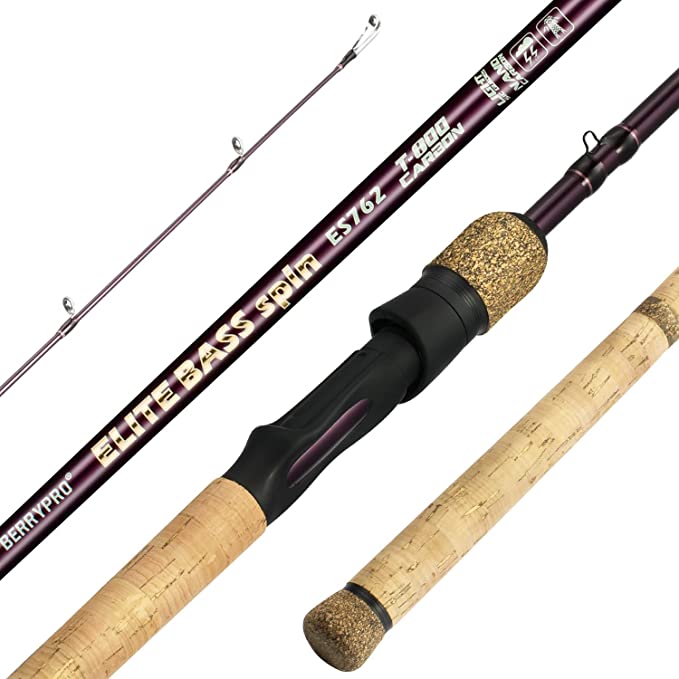WillowyBe Stove10: The Portable Powerhouse for Outdoor Adventures and Cozy Nights
Update on June 13, 2025, 1:39 p.m.
Imagine this: the air bites with a wintery crispness, perhaps snow crunches underfoot, and the deep quiet of the wilderness surrounds you. In this moment, the primal call for warmth, for comfort, for the almost mystical experience of an outdoor sauna, becomes a siren song. But how does one conjure such elemental comfort far from the grid? Enter the unassuming hero of many an outdoor adventure: the portable wood stove. Today, we’re not just looking at a box of steel; we’re peeling back the layers of the WillowyBe Stove10, a popular contender in this space, to uncover the fascinating symphony of science that transforms simple wood into a haven of heat.

Forged for Adventure: The Dance of Portability and Durability
The first thing that strikes you about a stove like the WillowyBe Stove10 is its promise of portability. When folded, it’s a compact parcel, measuring roughly 18.11 inches long, 11.02 inches wide, and 12.40 inches tall. All its vital organs – chimney pipes, connectors, perhaps even a pair of protective gloves – are ingeniously designed to nestle within its own body. This isn’t just clever packing; it’s a small feat of spatial engineering, ensuring that your source of warmth doesn’t become a logistical burden on the trail. The ability to transform from a backpack-friendly block to a fully functional heat source speaks to thoughtful design, where every cubic inch is considered.
But what good is portability if the stove crumples at the first sign of serious heat? This is where material science takes center stage. The Stove10, like many of its kind, is predominantly crafted from stainless steel. Why this particular alloy? Stainless steel is a champion in the face of adversity. Its inclusion of chromium (typically at least 10.5% by mass) is key. This chromium reacts with oxygen in the air to form a very thin, invisible, yet incredibly tenacious layer of chromium oxide on the steel’s surface. This “passive layer” is the steel’s self-healing armor against rust. If scratched, it reforms, tirelessly protecting the metal beneath. Furthermore, stainless steel boasts excellent high-temperature strength, retaining its structural integrity even when a roaring fire rages within.

If you’re new to wood stoves, your first burn – often called “seasoning” or “conditioning” – might present a curious olfactory experience. This is the science of off-gassing at work. Manufacturing processes can leave behind residual oils, solvents, or even volatile compounds in paints or surface treatments. The initial high heat vaporizes these, clearing the way for future, odor-free burns. It’s a rite of passage for your stove.
And then there’s the aesthetic evolution. After a few encounters with intense heat, you’ll likely notice your stove acquiring a new wardrobe of colors – blues, browns, perhaps even a shimmering rainbow effect, eventually settling into a darker, burnished tone. This isn’t a sign of damage or weakness; it’s high-temperature oxidation painting a masterpiece. The protective chromium oxide layer thickens, or other oxides form, and the way light refracts and reflects off these ultra-thin layers changes, creating these interference colors. Think of the iridescent shimmer on a soap bubble or an oil slick – a similar principle of thin-film optics is at play. It’s a badge of honor, a visual testament to the fiery work your stove has accomplished.

Taming the Inferno: The Art and Science of Combustion Control
At its core, a wood stove is a controlled inferno. The fuel, typically wood, is a fantastic natural storehouse of chemical energy, locked within its cellulose and lignin. The process of liberating this energy is combustion, a rapid chemical reaction with oxygen that releases heat and light. Seasoned outdoor enthusiasts and the product description itself wisely advise using dry, split wood. Dry wood has less moisture to boil off (which consumes energy), and split wood offers a significantly increased surface area. This greater surface area allows for more intimate contact with oxygen, leading to a more efficient and complete burn. Imagine trying to light a massive, single log versus a handful of kindling – the principle is the same.
The true artistry of using a wood stove lies in managing this combustion, and the WillowyBe Stove10 provides the necessary instruments. You’ll typically find an adjustable air intake vent, often located on the ash pan door or the main door, and sometimes a damper in the chimney pipe. These are your controls for the “fire triangle” – fuel, oxygen, and heat. By precisely modulating the inflow of oxygen, you dictate the burn rate. More air feeds a hungrier, hotter fire, pushing towards that impressive 7000W rated output. Less air tames the flames, conserving fuel and providing a gentler warmth. It’s a delicate dance, akin to a blacksmith skillfully working the bellows to achieve the perfect forging temperature.
Peering into this controlled blaze is both a pleasure and a practical necessity. The Stove10 features a viewing window made from what is described as “German high-temperature explosion-proof glass.” This is almost certainly a type of glass-ceramic, such as Pyroceram, a material renowned for its extraordinary resistance to thermal shock. Unlike ordinary glass, which would shatter spectacularly when exposed to such extreme temperature differences, these materials have an incredibly low coefficient of thermal expansion. They barely expand or contract with heat, allowing them to laugh in the face of a raging fire on one side and cooler ambient air on the other. This window isn’t just for show; it allows you to monitor the fire’s condition, gauge fuel levels, and make timely adjustments, all while enjoying the primal, mesmerizing dance of the flames.
As the fire roars and the stove truly gets to work, you might observe the stove body and the lower sections of the chimney begin to glow – first a dull red, then perhaps a brighter cherry. This is incandescence, the emission of visible light by a hot object. The hotter the material, the more energy it radiates, and the shorter the wavelength of that light (shifting from red towards orange, yellow, and eventually white-hot, though you wouldn’t typically push a portable stove that far). This radiant glow is a direct visual indicator of the immense heat being generated and transferred, a normal phenomenon for high-temperature alloys operating within their designed limits.
The Sauna’s Embrace: Weaving Steam from Stone and Fire
One of the WillowyBe Stove10’s highlighted features is its suitability as an outdoor sauna heater, complete with a sauna stone support frame. The stones themselves (which users typically source separately – volcanic rocks like basalt or peridotite are traditional choices) are the unsung heroes of the sauna experience. They act as thermal batteries. Thanks to their relatively high specific heat capacity, these stones can absorb and store a tremendous amount of thermal energy from the fire. Good thermal conductivity also helps them heat through evenly.
The true magic happens when water meets these superheated stones. The sharp hiss, the plume of steam – this is the birth of “löyly,” the Finnish term for sauna steam. Scientifically, it’s a rapid phase transition. The water, upon contact with the stones (which can be several hundred degrees Celsius), absorbs an immense amount of energy – the latent heat of vaporization – and instantly flashes into steam. This isn’t just hot air; it’s air laden with moisture, which dramatically increases the perceived temperature and humidity, creating that signature enveloping, therapeutic sauna atmosphere. Some sauna aficionados believe the porosity of certain volcanic rocks also contributes, providing more surface area for water to vaporize efficiently.

Whispers in the Chimney: Guiding Smoke, Guarding Safety
A stove without a chimney is just a smoky campfire in a box. The chimney system of the Stove10, with its 3-inch diameter pipes that can extend up to 126 inches, is crucial for both performance and safety. Its primary job relies on a fundamental principle of physics: the stack effect, or chimney effect.
As the fire burns, it produces hot exhaust gases. These hot gases are less dense than the cooler ambient air surrounding the stove. This density difference creates a pressure differential: lower pressure at the base of the chimney (inside the stove) and higher pressure outside. Nature abhors a vacuum (or even a slight pressure difference), so the hot, buoyant gases rise up the chimney, and in doing so, they draw fresh, oxygen-rich air into the firebox through the intake vents. This self-sustaining draft is what keeps the fire breathing and efficiently expels smoke and combustion byproducts out of your tent or shelter. Generally, a taller chimney can create a stronger draft, improving combustion efficiency, though there are limits and design considerations.
Safety is paramount when dealing with open flames, especially in an enclosed tent environment. The Stove10’s chimney features a top design intended to prevent sparks from overflowing – essentially, a spark arrestor. While designs vary, spark arrestors typically work by forcing the exhaust gases through a path that changes their direction abruptly (using baffles) or by passing them through a fine mesh screen. Heavier, still-glowing embers (sparks) have more inertia than the gas. When the gas stream changes direction, these embers can’t make the turn as sharply and either impact a surface, lose their energy, and fall back down, or are physically trapped by the screen. This dramatically reduces the risk of errant sparks igniting the tent fabric or nearby flammable materials – a critical safety feature for any responsible outdoor fire.
Beyond the Steam: A Versatile Hearth for the Wilderness
While it excels as a sauna stove, the WillowyBe Stove10’s talents don’t end there. Its flat top surface makes it a capable camp cooktop. Imagine sizzling bacon or simmering a hearty stew miles from any kitchen. This is heat transfer via conduction – the direct transfer of thermal energy from the hot stove surface to the base of your pot or pan.
For general tent heating, the stove employs both convection and radiation. Convection occurs as the air in contact with the hot stove warms up, becomes less dense, and rises, creating currents that circulate warm air throughout the tent. Radiation is the direct emission of infrared energy from the hot stove surfaces, which you feel as warmth on your skin even if the air itself hasn’t fully heated yet. In an emergency situation, or simply on a cold night under the stars, this multifaceted heating capability can be a true lifesaver, transforming a chilly shelter into a cozy refuge.
The Wisdom of the Fire Tender: Use, Care, and Understanding
Owning and operating a wood stove like the WillowyBe Stove10 is an engaging experience that benefits from a little scientific understanding, especially when it comes to maintenance and prolonging its life.
-
The Ashes’ Tale: Keeping the Hearth Healthy:
The product features an extendable and easy-to-clean ash bin. This isn’t just for neatness. A thick layer of ash can actually insulate the remaining fuel from the vital oxygen supply at the bottom of the firebox, leading to incomplete combustion, more smoke, and reduced heat output. Regular removal of ash ensures that the air can circulate freely, feeding the flames efficiently. -
The Virtue of Patience: Cooling Down Gracefully:
After the embers have died and your outdoor adventure winds down, the temptation might be to hasten the stove’s cooling process, perhaps with a splash of water, especially if you’re packing up. Resist this urge. The manufacturer wisely advises allowing the stove to cool down gradually and naturally. The science is clear: rapid, uneven cooling subjects the metal to significant thermal shock. Different parts of the stove will contract at different rates, inducing immense internal stresses. This can lead to warping, distortion of an otherwise true surface, or even the formation of micro-cracks, ultimately compromising the stove’s integrity and lifespan. Think of it as the metallurgical equivalent of giving your muscles a proper cool-down after intense exercise; it prevents injury. -
Interpreting the “Character Lines”: Understanding Minor Deformations:
With repeated exposure to the intense heat cycles inherent in its use, especially with components like the sauna stone support frame or the ash bin, some users have reported observing slight warping or deformation over time. This is often a predictable outcome in the world of metals under stress. Even robust stainless steel, particularly in thinner sections designed for portability, can experience a degree of plastic deformation or stress relaxation when subjected to repeated cycles of extreme heating and cooling. So long as these minor changes in shape don’t significantly impede the stove’s function (e.g., the ash pan still slides, the stone rack still holds stones securely), they are often best viewed as character lines – evidence of a well-used and well-loved tool, rather than a critical defect. Thicker materials would resist this more but would add to the weight, a direct trade-off in portable design.
Embers of Reflection: Science, Warmth, and the Wild Within
The WillowyBe Stove10, or any well-designed portable wood stove, is far more than an assembly of sheet metal and pipes. It’s a tangible manifestation of applied science – a harmonious blend of materials engineering, the intricate chemistry of combustion, the fundamental laws of thermodynamics, and the elegant principles of fluid dynamics.
Understanding the science behind its operation doesn’t strip away the magic of a crackling fire under a starlit sky, or the enveloping warmth of a sauna deep in the woods. Instead, it enriches these experiences. It empowers us to be more skillful tenders of the flame, more appreciative of the thoughtful design, and more mindful adventurers in the wild.
The warmth that radiates from such a stove is, in many ways, twofold. There’s the obvious physical heat that pushes back the cold, but there’s also the subtle warmth that comes from understanding and appreciating the human ingenuity that harnessed ancient principles to create modern comfort. As we continue to seek solace and adventure in the natural world, a little bit of scientific literacy can make those journeys not just safer and more comfortable, but infinitely more fascinating. The embers of such a stove don’t just glow with heat; they glow with the enduring spark of human curiosity and our quest to understand and work with the world around us.





















